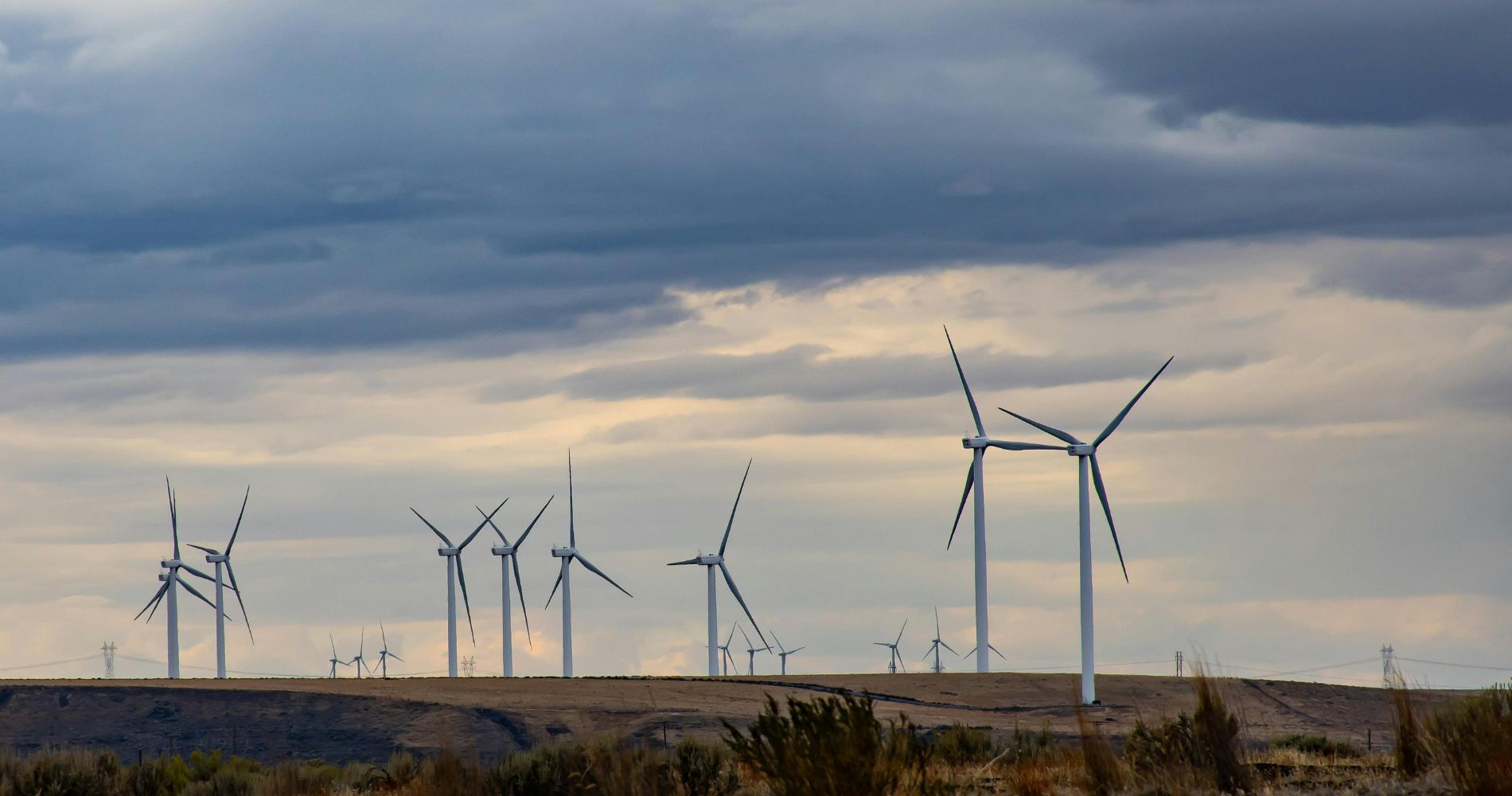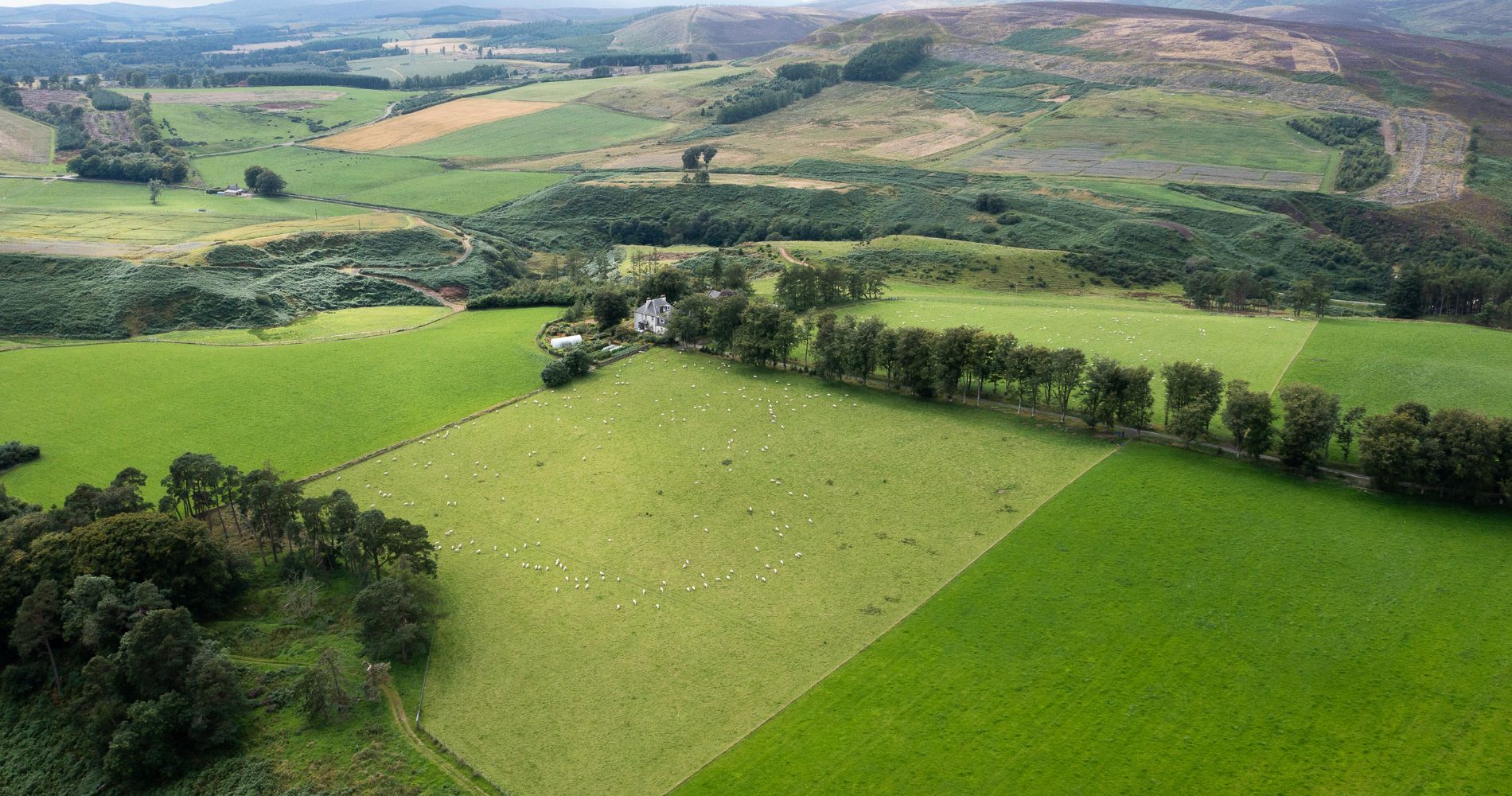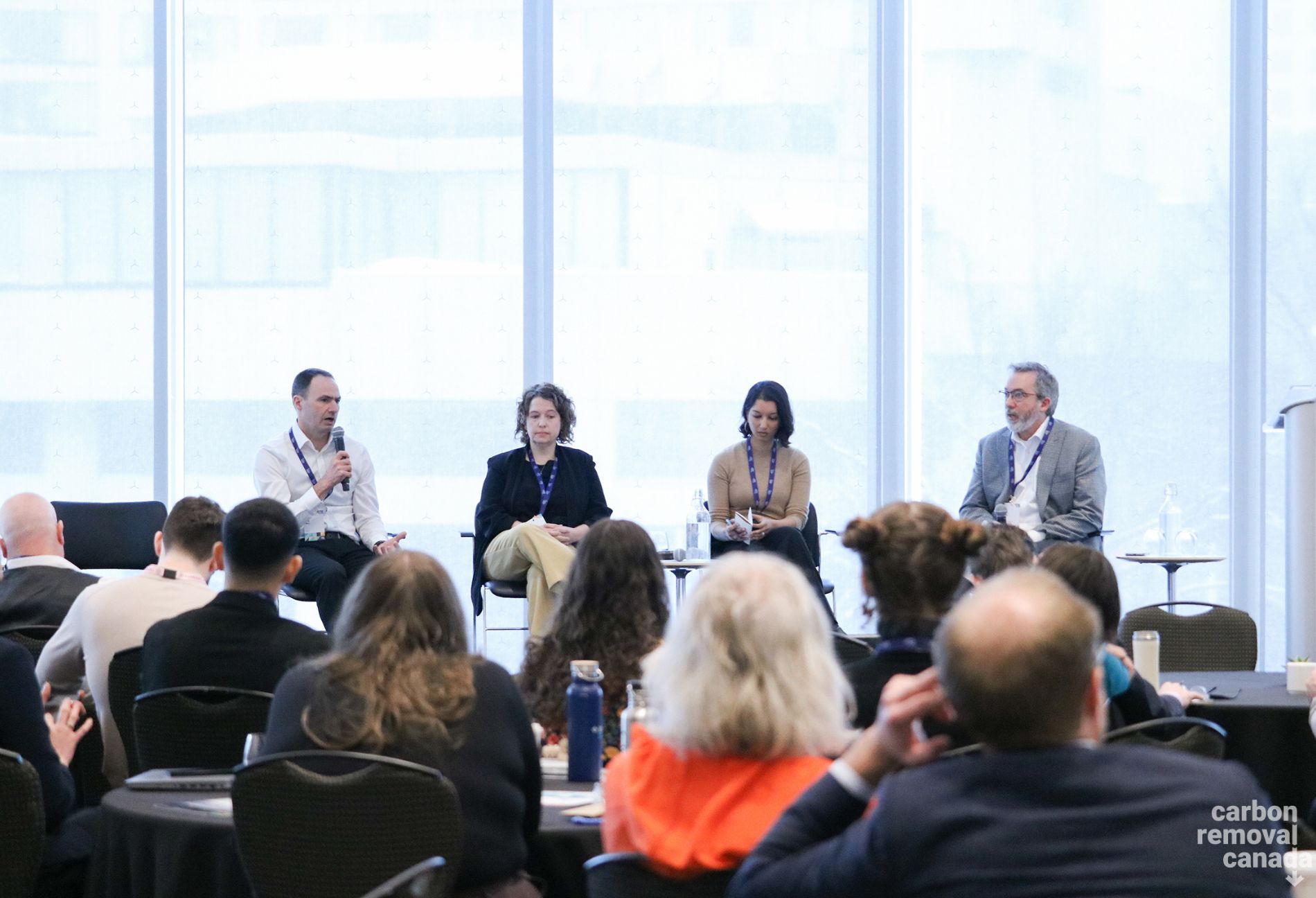Carbon markets are more than financial tools; they are catalysts for substantial climate action.
These markets can direct crucial investments toward technologies and projects that are desperately needed to combat climate change. However, their effectiveness depends on a nuanced understanding and application of carbon credits. They should not be seen merely as offsets but as strategic investments aimed at specific outcomes such as emission reductions, ecosystem protection and carbon removal.
Accelerating Emission Reductions

The Intergovernmental Panel on Climate Change (IPCC) goal to cut global emissions by 50% by 2030 is ambitious. It is also absolutely necessary. A carbon credit, which equates to one tonne of CO₂ equivalent (CO₂e), can play a pivotal role in achieving this target. “Reduction credits” support projects that transition from fossil fuels to renewable energy sources and avoid carbon emissions. For example, projects could be supported in regions requiring significant financial injections to accelerate low-carbon solutions. This not only reduces emissions but also supports socio-economic development in underserved areas.
Reduction credits should be used strategically to promote significant infrastructural changes, especially in developing countries. These regions require substantial investment to build resilient and sustainable low-carbon economies. By investing in these project types via carbon markets, we can support the construction of renewable energy projects, enabling these nations to leapfrog to cleaner technologies. This targeted use of reduction credits can facilitate a global transition to greener energy.
According to the Oxford Principles for Net Zero Aligned Carbon Offsetting, carbon credits related to reducing emissions can be categorised into three main types:
– Avoid or Reduce Emissions from the Geosphere: Emissions can be avoided by deploying renewable energy to replace fossil fuel use or by improving efficiency. Projects in this category include transitioning from coal to wind or solar power.
– Avoid or Reduce Emissions from the Biosphere: This involves protecting ecosystems and their soils and vegetation from damage or degradation. For example, conserving forests and peatlands prevents the release of stored carbon and supports biodiversity.
– Reduce Emissions from the Geosphere: This involves capturing and storing fossil carbon from industrial point sources or fossil-fuelled power stations. Techniques such as carbon capture and storage (CCS) are crucial in this category.
By aligning reduction credits with these categories, we ensure that investments help preserve the environment and also contribute to actively restoring it. This comprehensive approach maximises the impact of each carbon credit, facilitating a more effective global transition to greener energy and ultimately supporting the IPCC’s goals.
Protecting Natural Carbon Sinks

Protecting natural carbon sinks is crucial for maintaining global biodiversity and stabilising the climate. One way to achieve this is through “protection credits,” which can be utilised to conserve ecosystems that act as carbon stores. These vital habitats, such as peatlands and old-growth forests, play a significant role in maintaining global biodiversity and carbon stability. By focusing on the conservation of these precious resources, we can help ensure a sustainable future for our planet.
Protection credits are particularly relevant to the category of avoiding or reducing emissions from the biosphere, as outlined in the Oxford Principles for Net Zero Aligned Carbon Offsetting. This involves protecting ecosystems and their soils and vegetation from damage or degradation. Conservation efforts prevent the release of stored carbon and support biodiversity.
Additionally, protection credits prevent carbon release and enhance the ecological health of these vulnerable areas. They prioritise projects that maintain or improve biodiversity and support the indigenous populations who are the most effective stewards of these lands. By valuing and financially supporting these communities, we ensure that protection efforts are sustainable and rooted in local expertise and needs.
By integrating protection credits with these principles, we can more effectively safeguard our natural carbon sinks, contributing significantly to global carbon stability and biodiversity conservation.
Removing CO₂ from the Atmosphere

Removal of existing atmospheric CO₂ is where technologies like enhanced rock weathering (ERW) come into play. ERW accelerates natural geological processes to safely lock away carbon dioxide while also delivering co-benefits such as improved soil health and crop yields. This method is not just about reaching net zero but also creating a positive impact on rural communities and the environment.
According to the Oxford Principles for Net Zero Aligned Carbon Offsetting, carbon removal can be categorised into two main types:
– Carbon Removal to the Biosphere: This involves enhancing the carbon stored in the biosphere, such as by restoring healthy ecosystems (e.g., woodlands, grasslands, wetlands, and marine habitats) or enhancing soil carbon on agricultural land.
– Carbon Removal to the Geosphere: This involves extracting CO₂ from the atmosphere and storing it in the geosphere, such as through direct air capture with geological storage (DACCS) or converting atmospheric carbon into rock through remineralisation. ERW falls into this category, offering the benefit of a low risk of reversal compared to biosphere-based methods.
The carbon removal sector needs to scale rapidly to meet global climate targets. High-quality removal methods like ERW need significant investment to expand their capacity. The growth in carbon removal technologies can take inspiration from the transition to renewable energy sources such as solar and wind, where cost reductions and swift implementation have occurred. This highlights the potential for similar progress in carbon removal if it receives sufficient funding.
By investing in carbon removal technologies, particularly those with a low risk of reversal, we can ensure a more stable and long-term reduction of atmospheric CO₂. This comprehensive approach will not only help us reach net zero but also create significant environmental and socio-economic benefits.
Making Net-Zero Impactful
Understanding the distinct roles of various credits – including reduction, protection and removal – is crucial for effective climate action. It is important to establish transparent regulations and standards for each category that accurately represent their individual impacts on a company’s net zero goals. At UNDO, we advocate for rigorous criteria and standards to guarantee that carbon credits genuinely aid in the fight against climate change, promoting corporate responsibility and global sustainability efforts.
Distinguishing between these types of credits also enables a more strategic and efficient allocation of funding. For example, projects focused on planting trees or rehabilitating degraded lands should be classified under removals, as they actively remove carbon from the atmosphere. On the other hand, protecting vulnerable yet intact forests should be categorised under protection credits to ensure the preservation of these crucial carbon sinks.
Beyond Credits: Financing Our Climate Future

Carbon markets, and the carbon credits within them, play an essential role in the overall financial toolkit for addressing climate change. To effectively support climate action, it’s important to implement comprehensive strategies that include aggressive decarbonisation and innovative financing mechanisms.
Categorising carbon credits into reduction, protection and removal, and providing tailored incentives for each category can greatly improve their impact. This approach ensures that investments help preserve the environment and contribute to actively restoring it, therefore laying the foundation for a sustainable and balanced carbon future.

Ready to maximise the impact of carbon markets?
At UNDO, we use enhanced rock weathering to permanently remove atmospheric CO2 and support sustainable climate solutions on a global scale. Join us in driving meaningful environmental change and investing in a sustainable future.


 " />
" />
